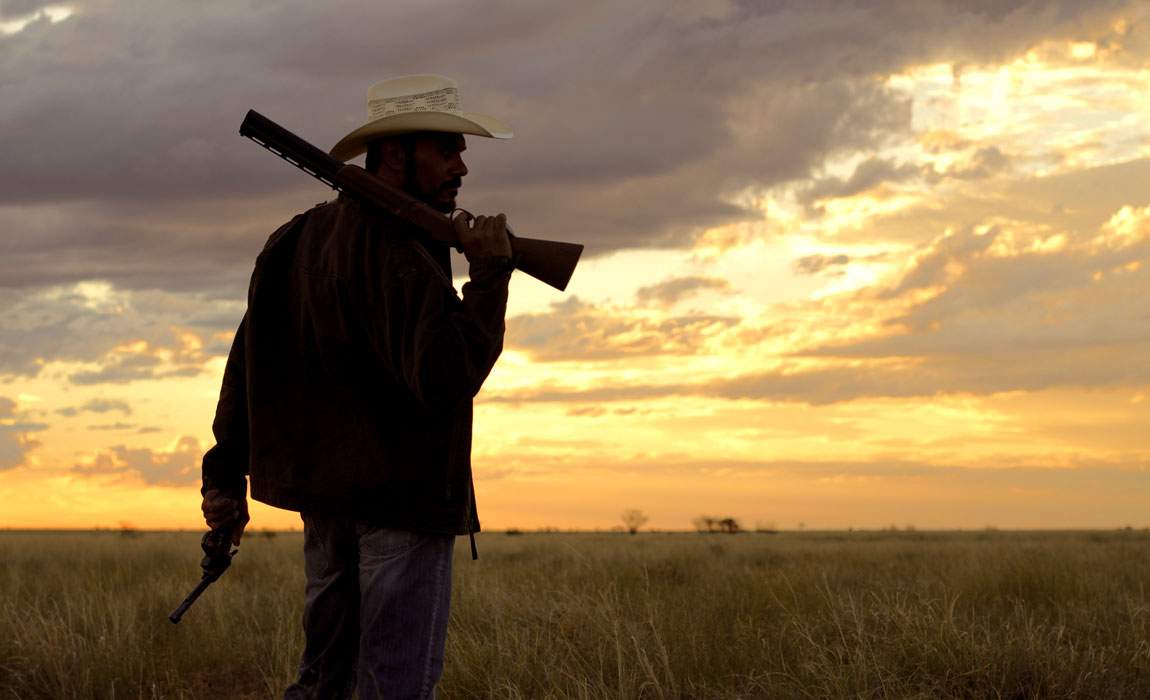In today’s Lectorial regarding audiences, Brian mentioned the rise of long form narrative, and how this has affected audience consumption. The first example that springs to mind is, of course, HBO, the American cable channel. It’s hard to find a person that hasn’t watched or heard of Game of Thrones, a testament to the show’s popularity. Fun fact: Australians are the world #1 for illegally downloading the show. There are plenty of reasons for this, including archaic Foxtel models, but that’s a rant I’ll save for another blog post.
HBO, as a cable channel, has more freedom with the content it produces compared to free to air channels. They have built a brand that audiences associate with quality TV productions, also known in some circles as ‘prestige’ TV, and also attract big name actors for their flagship shows. When my parents walked in on me watching the opening credits of True Detective they thought I was watching a film – season 2 stars Colin Farrel, Rachel McAdams, and Taylor Kitsch.
However, despite cable TV’s success, there has been an increase in the amount of people cancelling their subscription service. Netflix, a relative newcomer on the TV scene has provided real competition by providing a service that allows audience to watch whatever they want, whenever they want, for a low (compared to cable TV) monthly price. They are unrestrained by broadcast time slots or the restraints of broadcast TV, allowing them to produce original content, and releasing whole seasons of shows at once, enabling viewers more control. Audiences are able to ‘binge watch’ their favourite shows at 2am if they so desire, something that was not possible 10 years ago waiting for shows to be released on DVD, and then making a trip to the local video store.
Modern consumers are unsatisfied with the restrictions of cable TV, and the convenience of streaming services is a more than tempting alternative than being locked into expensive cable packages that don’t provide follow traditional broadcast models.
Netflix isn’t the only service that uses streaming to provide content to audiences. In Australia, most commercial channels now provide catch-up services, where audience can watch episodes of shows they have missed when they aired. The post-broadcast era is for large part about convenience and accessibility, giving audiences power to access content the way they want, not the way media institutions are telling them to consume.






